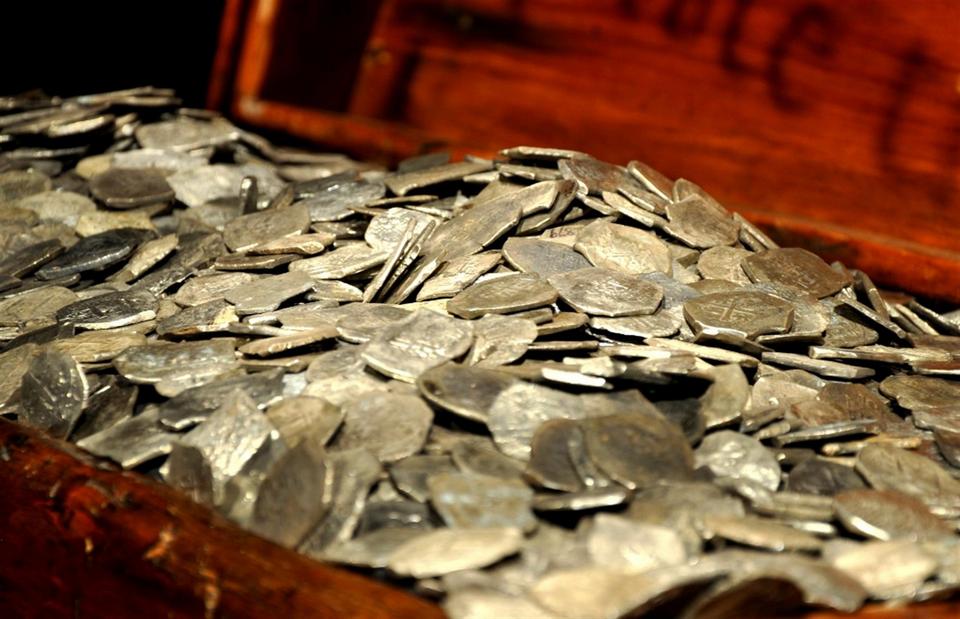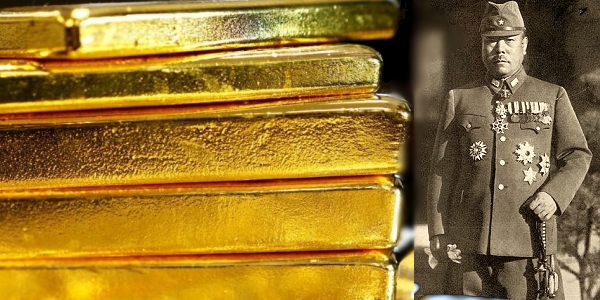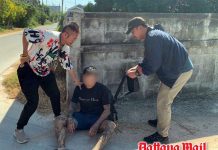
Up to 20 people may have died in accidents and landslides in the 40-year search for the hoard of gold that Japanese troops allegedly stashed in the mountains of Kanchanaburi during the Second World War. Now the Thai media are all agog with the news that a 64-year old Thai resident can shed fresh light. Khun Kliang (no surname) said this week that his grandfather excited him as a child by tales of piles of gold bars and coins being unloaded at the Sukhothai mountain which has a system of caves and chambers still awaiting discovery. Before detonating the entrances with explosives, the Japanese had supervised the expensive secretion with the help of elephants and oxen.
The actual evidence is woefully flimsy. It is certainly true that Kanchanaburi was on the route of the Thailand-Burma railway in which 16,000 allied soldiers and up to 100,000 Asian slave labourers died during the partial-construction. Locals will tell you to this day that the missing treasure is protected by the spirits of the departed who don’t want the ill-gotten gains of the Japanese oppressors to see the light of day. Rumours still circulate of a map with Japanese characters detailing the exact location of the cave though, sad to relate, it blew away in a strong wind some years ago when the owner was checking his location on a hillside.

Caves have always fascinated humans across the continents. They were, after all, man’s first home as a shelter as he warded off inclement weather and prowling predators with large teeth. Caves are also mysterious and difficult to maneuver: the obvious example being the 2018 international rescue of the Thai football team in Chiang Rai province. The supernatural often hovers in caves too. In 2001 a Sukhothai-based monk on his death bed claimed to have actually seen the gold hoard in a cave overgrown with forest foliage. When he entered, he was accosted by a venomous python which told him not to touch anything. Luckily they spoke the same language.
Western culture also houses tales of caves and loot. When Jason tried to steal the Golden Fleece, he was met by a hissing monster whose cave was littered with the bones of previously unsuccessful candidates. There are numerous tales on the internet of a Nazi train loaded with antiques, cash and precious metals which was hidden in a Polish forest-cave for future reference. You can even buy a special 3D treasure hunter detector to help out. It’s portable and costs around US$20,000. Of course, you can be lucky. The Dead Sea Scrolls turned up in a cave.

What is suspicious about tales of buried gold is that there is invariably only one witness who is either on his death bed or has a remarkable desire to make other people rich. Sometimes there is a map with “x” marking the spot. Books such as Robert Louis Stevenson’s novel Treasure Island and movies like Pirates of the Caribbean have encouraged the belief that pirates and villains made a habit of burying their ill-gotten gains. But the only known example in history was the Scottish privateer William Kidd who was hanged in 1701 when he unsuccessfully tried to bargain his loot with prosecutors for a softer sentence. Imelda Marcos of the Philippines claimed in 1992 that she and her husband were so wealthy because a loyal citizen had told them where the fabled Yamashita treasure hoard was located.
In other words, the hunt for deliberately buried treasure is a world-wide phenomenon. Up to 100 people may have died in the Rockies in the United States looking for wealth stashed there by the Spanish conquistadores, eccentric millionaires like Forrest Fenn and various sharp shooters including Billy the Kidd, Jesse James and Baby Face Nelson. Don’t forget, if you run out of steam, there’s always King John’s jewels lost in the Wash, the Ark of the Covenant and the Scepter of Dagobert. Happy hunting.





